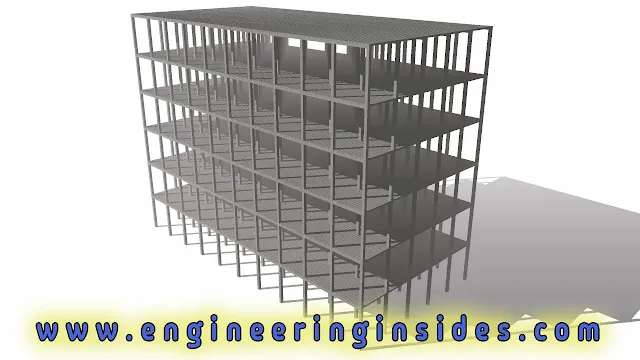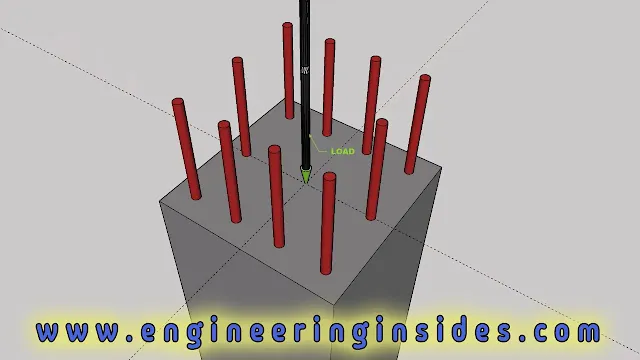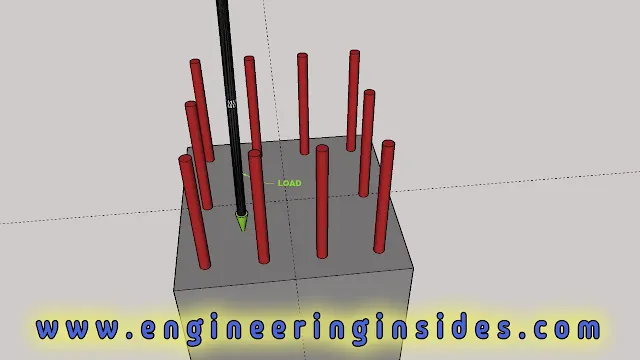In this article, we shall dive deep into an array of column types, categorized according to their material composition, structural shape, load-bearing characteristics, and construction methodology. This article aims to provide knowledge that will help in understanding columns to those connected to construction projects.
Column Types Based on Materials:
The cornerstone of structural integrity lies in the choice of materials. In the realm of construction, concrete, steel, and timber represent the primary constituents of columns.
Concrete Columns:
Crafted from reinforced concrete, this composite amalgamates the compressive strength of concrete with the tensile resilience of steel. The concrete columns are more effective in strength, durability, and robustness.
Steel Columns:
For structures necessitating substantial load-bearing capabilities, steel columns emerge as the optimal choice. They are fabricated from solid or hollow steel sections, and possess remarkable strength in both compression and tension.
Timber Columns:
In residential construction, timber columns
find frequent application owing to their affordability and ease of
manipulation. While wood excels in compression, it falls short of the strength
exhibited by concrete or steel.
Column Types Based on Shape:
The structural shape of a column plays a important part in
determining its load-bearing capacity and resistance to deformation.
Square and Rectangular Columns:
Square and rectangular column profiles are ubiquitous due to their ease of construction and commendable load-bearing capacity.
Circular Columns:
Circular columns, with their enhanced strength-to-weight ratio, offer efficiency and resistance to bending, making them an appealing choice for many applications.
L-Shaped Columns:
When spatial constraints dictate a
departure from square or rectangular forms or when the transfer of loads
between beams is necessary, L-shaped columns provide a versatile solution.
Column Types Based on Loading:
Columns can experience various types of loading, influencing their design and performance.
Axial Loading:
Axial loading, where the force is applied along the column's central axis, represents the most common loading condition for columns.
Eccentric Loading:
Eccentric loading, characterized by forces applied off-center, can induce bending and necessitates careful consideration in design.
Biaxial Loading:
In situations demanding the application of
loads in two distinct directions, such as in moment frames, columns are
subjected to biaxial loading, which may cause them to bend in multiple
directions.
Column Types Based on Construction Method:
The construction method employed in creating columns has
practical implications for project timelines and costs.
Cast-in-Place Concrete Columns:
Cast-in-place concrete columns are fashioned by pouring concrete into formwork on the construction site. This method stands as the most used approach for constructing concrete columns, because they provide adaptability and ease of execution.
Precast Concrete Columns:
When expediency is paramount, precast concrete columns, manufactured off-site and transported to the construction location, expedite the construction process. However, they are more costly than cast in place columns.
Steel Columns:
Assembling steel columns on-site through the
use of rolled steel sections, followed by welding, represents the swiftest
method for erecting steel columns, although it is associated with increased
expenses.
In the dynamic world of construction, the selection of an
appropriate column type hinges upon a project's unique prerequisites. The
decision must be taken by keeping these factors in account such as load-bearing
capacity, spatial considerations, and budgetary constraints. This article is compiled
to provide a foundation for informed decision-making in the use of column
design and construction, and improving the structural mentality in the built
environment.
I hope this article was helpful. If you have any questions related to Columns, please leave them in the comments below.











